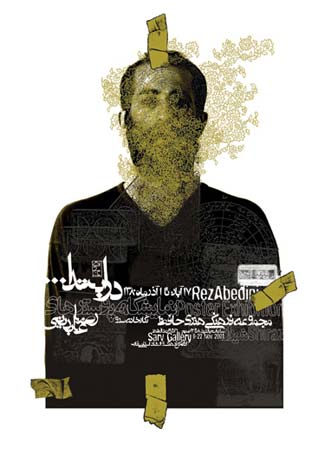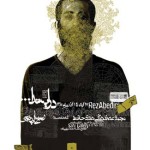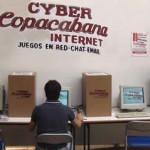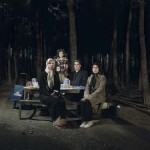By HEATHER LOGUE
“Autonomous projects dealing with the tension between dominant and alternative (image) cultures in totalitarian regimes”. Quite a mouthful and quite an accomplishment for the Mills Gallery’s guest-curator Femke Lutgerink, who has managed to unite six international (and distinctively diverse) artists with the same hope of introducing viewers to a world where perhaps due to culturally-based stereotypes or media projections, they’ve never bothered to enter. But it is essential that the viewer throws himself at this opportunity without abandon, and essential that he sees at least one piece of art for each artist (though you really should see it all).
For Nele Decock’s To see or not to see, it is imperative that every viewer pause at her photograph containing the ferris wheel. This one picture of a deserted carnival captures the dryness of Uzbekistan’s current economy (with the drying-up of the Aral Sea that was once their livelihood and the basis by for which they were once one of the world’s biggest cotton producers) and the devastating affects of their high unemployment rates. But the clear, exhilarating blue sky behind the wheel hints at a continuation of life, laughter, and hope, which is echoed in other pictures highlighting likable characters that the artist met along her way.
Rob Hornstra’s photograph of Russian girls sitting at a kitchen table, Communism and Cowgirls, embodies the heart of his message. The leopard print sweatshirt hanging on one woman and the long, painted black fingernails on the other suggest Western pop culture influences (and an adherence to fashion trends) that completely contrast with the interior of the Tseljabinsk house, which reflects a certain sadness brought on by unemployment and possibly the disease and pollution brought on by a major nuclear accident that took place in 1957. Yet the girls’ outstretched fingers yield more hope and possibility than the remaining photographs, among them a sad, sagging bed littered with cigarette butts and desolate living spaces.
Though you can make up a story for all of the people in Anoek Steketee’s Frontstage photographs, the shy look of the lovers behind the trees is moving in its simplicity and structure. The sweet look in the woman’s eyes as she fiddles with her head scarf (is she taking it off, or trying to pull it back on?) contrast with every violent and screaming image that our national media portrays of Iranians. This young couple merely desires to be alone, a freedom that is taken for granted by those not accustomed to their world and restrictions.
Hans Wolbers and Reza Abedinis’ videos, New Visual Culture in Modern Iran are dense and affecting. The bulk of these two videos focus on the way in which certain graphic designers in Iran have used their country’s rich culture in modern designs that embrace their own heritage instead of just following Western culture and styles of art. Lutgerink continues her focus on Mass Media with Stani Michiels’ installation, Copacabana Cybercafe. His interpretation of the internet and the way it can sometimes alter language with an audience that barely blinks an eye duly sucks the viewer into the work. With our political atmosphere that depends on certain catch phrases, and power-words to survive and rally, it’s interesting to see what a clever twisting of words can make us aware of.
“Encounters” is not to be missed because it manages to take us into spaces previously unavailable to us, gives us intimate glimpses of its subjects, and then spits us right back into the real world where we must remember that things are not always as they initially appear.
"Encounters" is on view through May 20, 20007 at the Mills Gallery of the Boston Center for the Arts.
All images are courtesy of the artist and the Mills Gallery.







